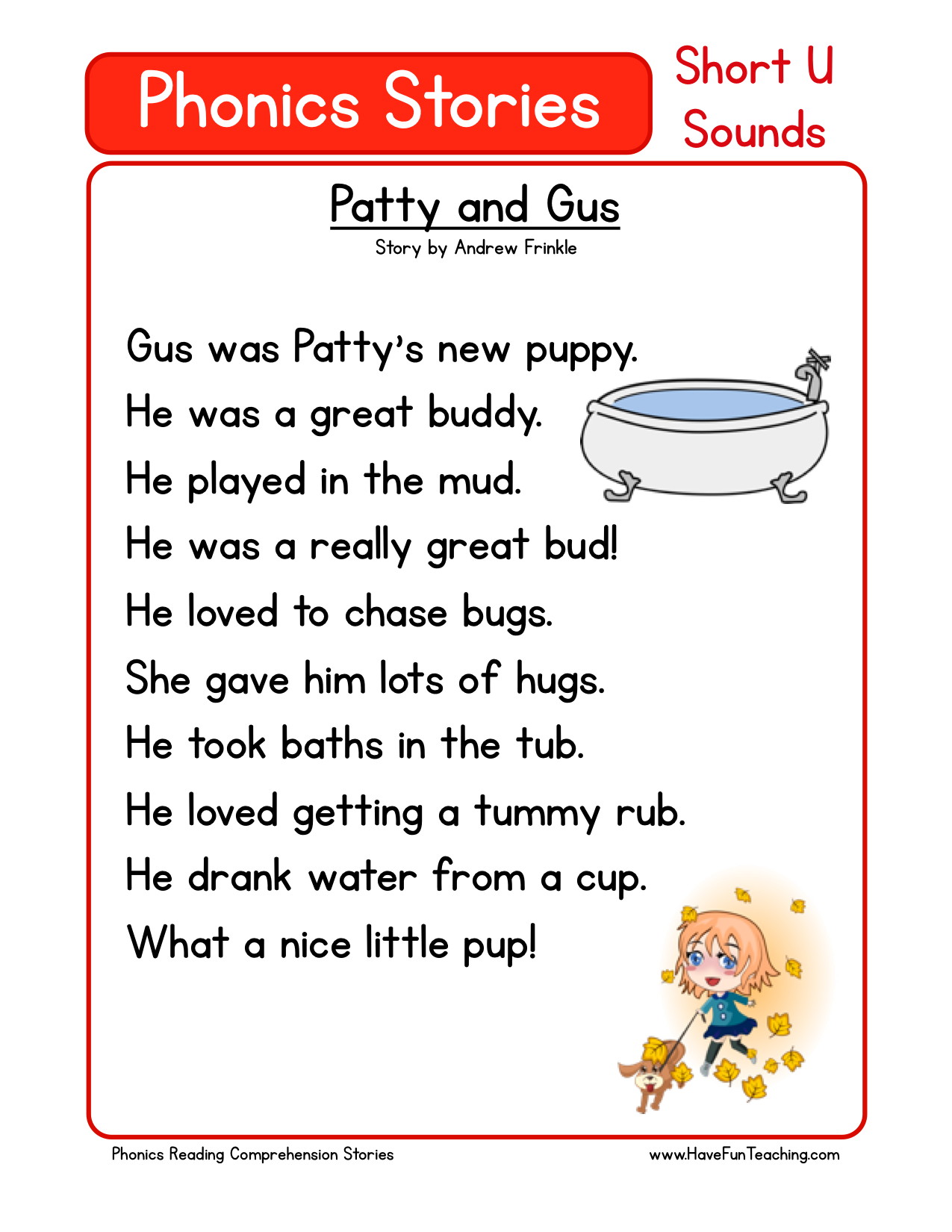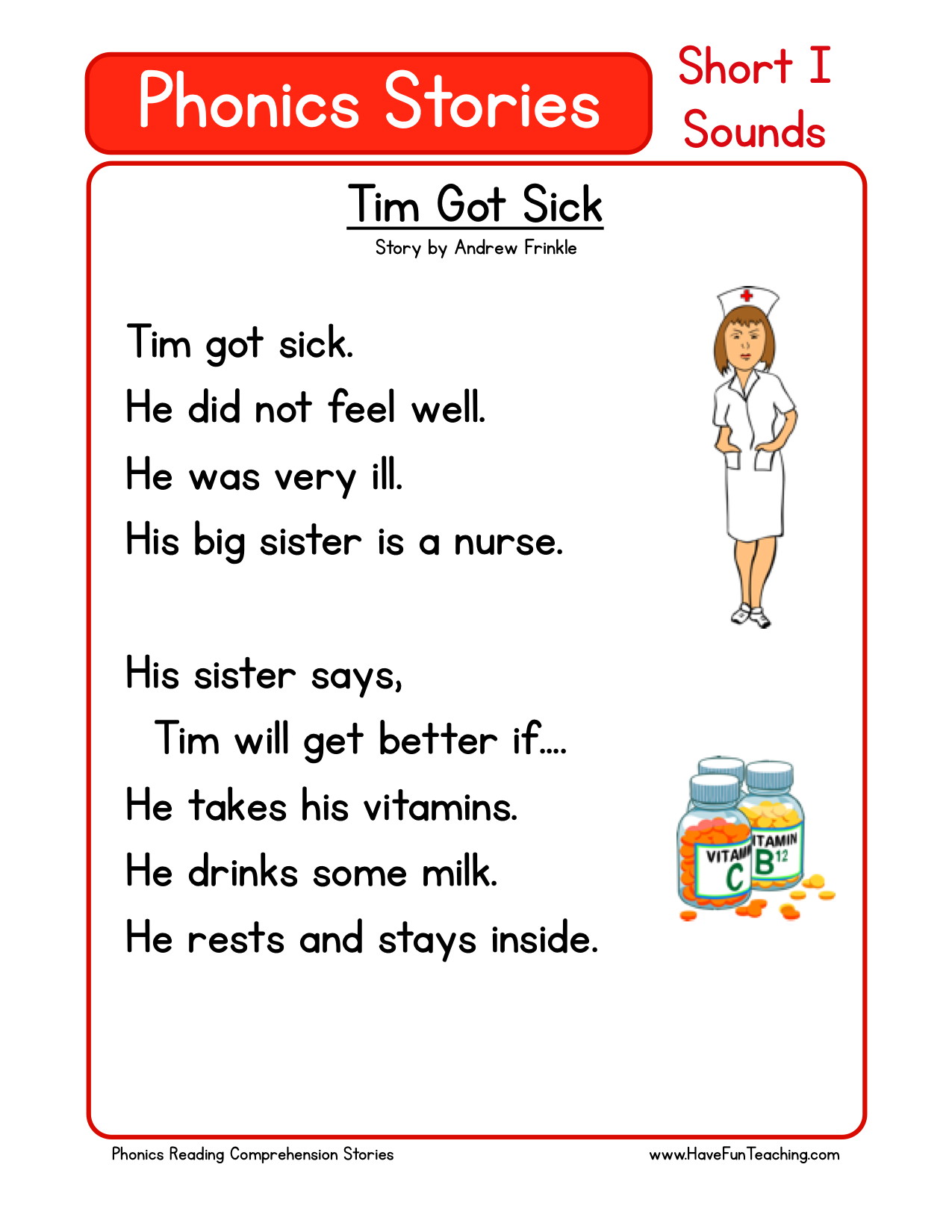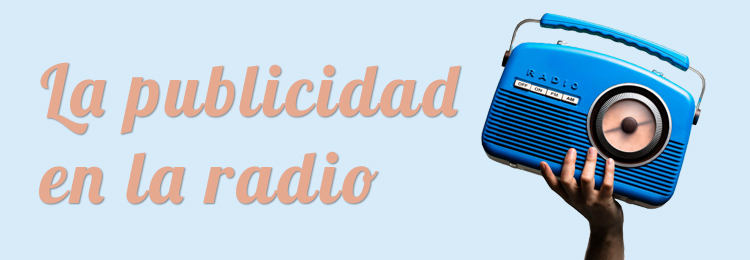Phonics stories for kindergarten
Table of Contents
Table of Contents
Phonics Story for Kindergarten: A Comprehensive Guide
Learning to read is an essential part of a child’s development, and phonics stories are a great tool in the process. Phonics stories for kindergarten aim to teach basic phonetic rules to young children through engaging stories. These stories serve as an excellent hook to grab the child’s attention and encourage them to read on.
However, despite their effectiveness, phonics stories can be challenging for some children to grasp. Children may struggle with the rules and additional sounds that come with phonics, leading to frustration and loss of interest in reading.
The primary goal of phonics stories for kindergarten is to help children develop their reading skills by learning the sound patterns in words, pronunciation, and spelling. By making learning fun, children become more receptive and learn quicker.
In summary, Phonics Stories are a crucial tool for encouraging young children to learn how to read effectively.
Why Phonics Story for Kindergarten is Effective - A Deeper Look
Phonics stories for kindergarten are an effective teaching tool because of the way they teach children how to read. These stories utilize the fundamental rules of phonics to help children understand how words are built from sounds, leading to better spelling and pronunciation. They are specifically designed for young children by using fun and engaging stories that capture and hold their attention.
As a teacher, I have seen the effectiveness of phonics stories firsthand. I have seen how these stories have transformed struggling readers into confident readers with a strong grasp of phonics rules. Educationally, phonics stories for kindergarten help the young child build a solid foundation in reading and language arts that they will need to continue to build upon throughout their academic career.
How Phonics Stories Are Used In The Classroom
Phonics stories can be used in the classroom in various ways. They can be used to introduce or reinforce specific phonics rules, vocabulary words, reading comprehension, and reading fluency. Teachers can use phonics stories during whole-class instruction or small-group instruction to meet individual student needs.
Using illustrations in phonics stories can help young children visualize the story, enhancing reading comprehension and recall. The stories can also be read out loud to improve oral language and fluency.
Illustrations in Phonics Story for Kindergarten
Illustrations in phonics stories for kindergarten help to bring the story to life, making it more interesting and engaging for young children. These illustrations are typically colorful and depict the characters, setting, and other elements in the story, helping children visualize the story much better.
The Impact of Phonics Story for Kindergarten on a Child’s Development
Phonics Stories for kindergarten have a significant impact on a child’s reading and language development. Through these stories, children learn how to recognize and decode different sounds, building skills that will enable them to become fluent readers. Additionally, these skills foster increased confidence and enthusiasm for reading, which leads to an overall love of learning.
Question and Answer about Phonics Story for Kindergarten
Q: How often should I use phonics stories with my child?
A: You should aim to read phonics stories with your child once a day for a minimum of fifteen minutes as consistency helps reinforce the learning process.
Q: What are the different phonetic rules in phonics stories for kindergarten?
A: Phonics stories for kindergarten introduce different rules, including vowel sounds, consonants, digraphs, and blends.
Q: How can I make phonics stories more engaging for my child?
A: You can make phonics stories for kindergarten more engaging by encouraging your child to act out the story, asking them questions about the story, and having them create their illustrations for the story.
Q: Are phonics stories for kindergarten appropriate for children learning a second language?
A: Yes, phonics stories for kindergarten are suitable for children learning a second language, as the stories help them learn phonics rules and vocabulary, aiding in language fluency.
Conclusion
Phonics stories for kindergarten are an effective tool for teaching young children how to read effectively. Through fun and engaging stories, children learn sound patterns, pronunciation, and spelling. These stories can be used in classrooms and homes to improve language and reading skills, leading to an overall love of learning.
Gallery
Patty And Gus | Reading Comprehension Worksheets, Phonics Reading, Phonics

Photo Credit by: bing.com / comprehension phonics patty gus passages essay διαβάστε sick
Kindergarten Homework Sheets - Kindergarten

Photo Credit by: bing.com /
Phonics Reading Stories Using Qu Sound Pdf - Tedy Printable Activities

Photo Credit by: bing.com / reading comprehension grade chester digraphs havefunteaching passages consonant digraph jolly wh fluency mockups koo
Phonics Stories For Kindergarten - Reading Elephant

Photo Credit by: bing.com / phonics stories kindergarten reading digraphs elephant consonant kids handful learning words don
Word Family Story ‘UN’ English Phonics Worksheet – English Treasure Trove

Photo Credit by: bing.com / phonics englishtreasuretrove





